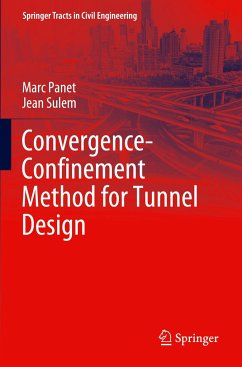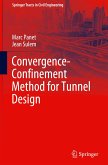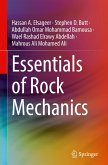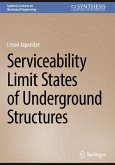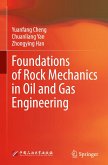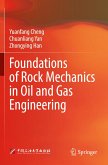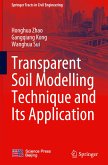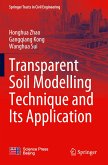This book presents the theoretical bases and the application tools for using the 'convergence-confinement' method which is a rational method largely used in design engineering for tunneling. Until recently, the stability conditions of underground works and the choice of support methods were essentially defined on the basis of good practice or empirical methods. The progress made, on one hand on the knowledge of the constitutive laws of soils and rocks and, on the other hand on the numerical modeling of the interaction between the ground and the structures have led to the development of robust design tools for tunnels supports. The convergence-confinement method makes it possible to simulate the excavation of a tunnel and the installation of the support using a simple plane strain model. The book presents the theoretical bases of the method and its most recent developments. Closed-form solutions for stress and displacement fields around tunnels are provided for elastic, viscoelastic andelasto-plastic behavior of the ground. More generally, the principles for applying the method in numerical models are presented.
"Panet and Sulem put the convergence-confinement method in the centre of their book and expand this technique to cover different scenarios, e.g. anisotropic stress, plasticity, viscosity etc. ... This book provides a practicable approach to many intricate problems from tunnelling practice. ... This book by Panet and Sulem is an excellent reference for graduate students and tunnel practitioners alike. The book is well illustrated and easy to read. I enjoyed reading it while writing this review." (Wei Wu, Acta Geotechnica, July 18, 2022)
"The book, which can undoubtedly be rated as a 'state of the art' report, characterized as it is by mechanical soundness and mathematical rigorousness, is not only an excellent reference text for postgraduate tunnelling courses but is also an extremely useful manual for tunnel engineers in practice. ... In my own opinion, the volume is well worth the priceand merits its place in the bookshelves of anyone working in the tunnelling engineering field." (Leandro R. Alejano, Rock Mechanics and Rock Engineering, July 14, 2022)
"The book, which can undoubtedly be rated as a 'state of the art' report, characterized as it is by mechanical soundness and mathematical rigorousness, is not only an excellent reference text for postgraduate tunnelling courses but is also an extremely useful manual for tunnel engineers in practice. ... In my own opinion, the volume is well worth the priceand merits its place in the bookshelves of anyone working in the tunnelling engineering field." (Leandro R. Alejano, Rock Mechanics and Rock Engineering, July 14, 2022)

